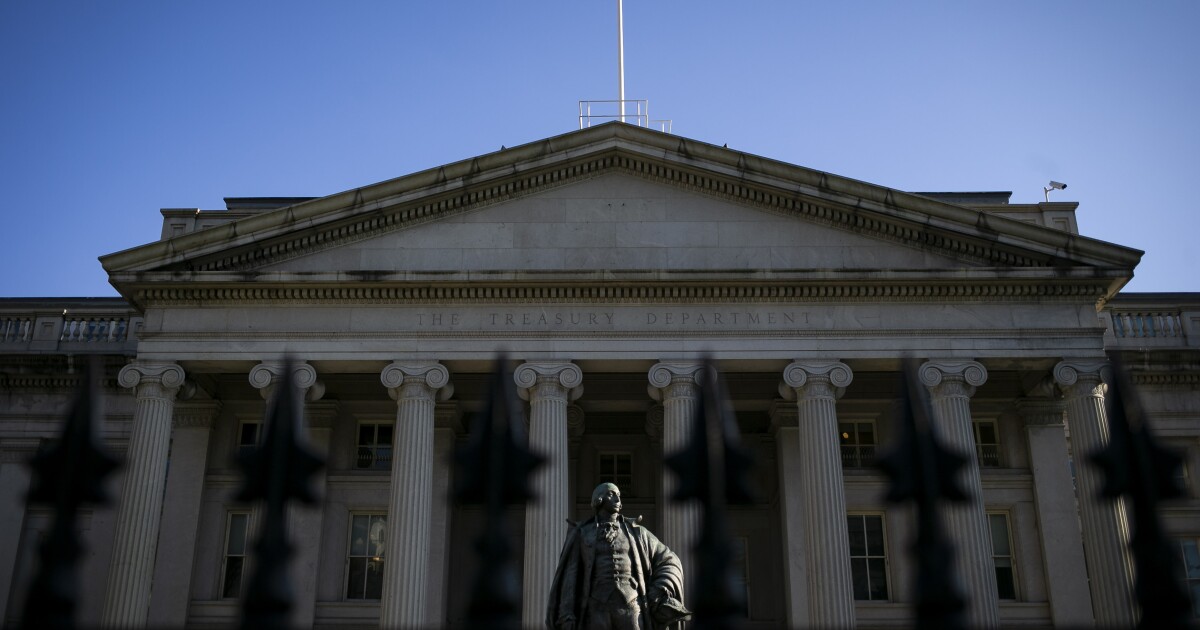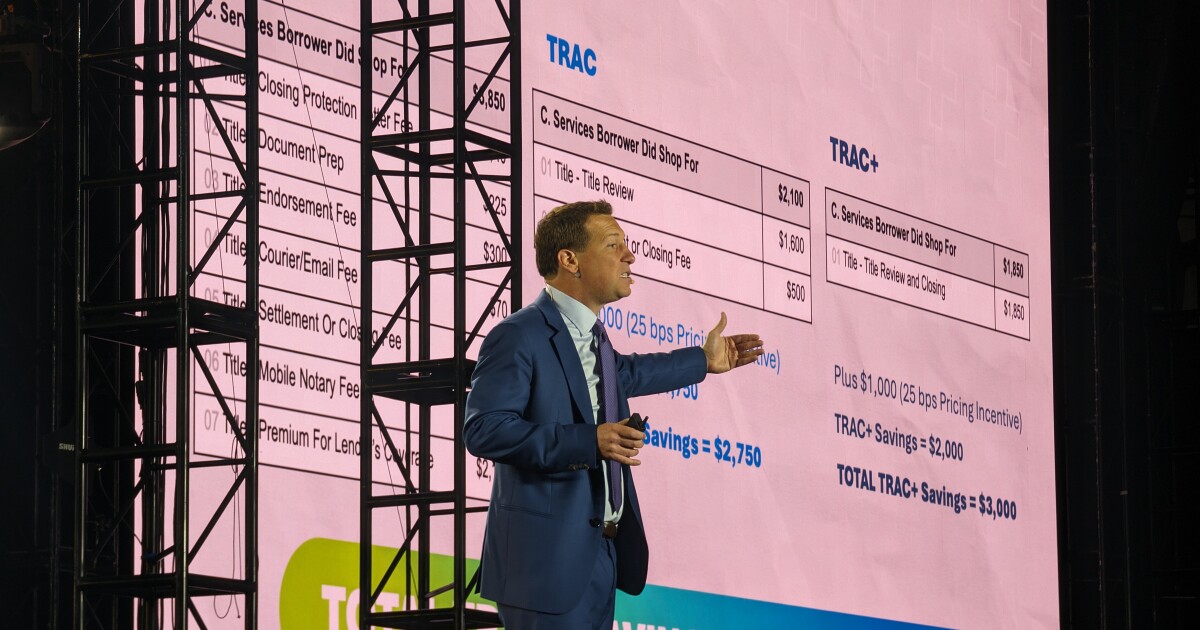
Treasuries slumped after stronger-than-expected US job and wage growth prompted traders to trim bets that the Federal Reserve will cut interest rates this year.
The Friday selloff lifted yields across maturities by as much as 10 basis points, led by shorter-dated tenors more sensitive to Fed rate changes. The benchmark 10-year note's rate rose eight basis points to 4.47%, and yields across the spectrum once again exceeded 4%.
READ MORE:
Interest-rate swaps showed traders now see a roughly 70% chance of a quarter-point rate cut by September, compared with a probability of about 90% on Thursday. Fewer than two rate cuts are fully priced in for the year.
"You are seeing a little bit of the bond market reaction here of pricing out a bit of the expectations in terms of the Fed," Jeffrey Rosenberg, portfolio manager at BlackRock Inc., said on Bloomberg Television. "The big takeaway is a slowing-but-still strong labor market."
Nonfarm payrolls
READ MORE:
Steep gains for US equities also curbed demand for bonds. The S&P 500 and other major benchmarks rose more than 1%.
Fed policymakers have said they are waiting for more data before lowering rates as they balance the risks of still elevated inflation and a potential economic slowdown. Officials have said it could take months to gain clarity on the economic impacts of sweeping policy changes, particularly around trade.
Consumer price index data for May, scheduled to be released June 11, is expected to slow acceleration, according to the median economist estimates in a Bloomberg survey. The overall rate is seen rising to 2.5% from 2.3%, the core rate to 2.9% from 2.8%.
Fed officials traditionally observe a communications blackout beginning the second Saturday before a meeting, a period that begins June 7. Also ahead next week are Treasury auctions of three- and 10-year notes and 30-year bonds, whose expected yields are higher as a result of Friday's selloff.
This week's data has painted a mixed picture of the job market amid the uncertainties of the Trump administration's tariff wars. ADP private-sector payrolls showed hiring decelerated in May to the slowest pace in two years, while job openings unexpectedly rose in April.
"There's nothing here to change the status quo for the Fed," said Ed Al-Hussainy, a rates strategist at Columbia Threadneedle Investment, referring to Friday's report. "Some downside bets on Fed cuts this summer will likely come out."
Wall Street views on how much Fed easing is likely to occur this year range from none to as much as 100 basis points. The most common forecast among major banks is for just one cut, in either September or December.
Traders are still wagering on policymakers keeping rates on hold at their June 17-18 gathering, and seeing only 10% of a chance for a move in July.
"The jobs number takes June and July off the table," said Kevin Flanagan, head of fixed income strategy at WisdomTree. "We continue to play this waiting game and with no visible slowing in jobs, the market now turns to focusing on whether the disinflation trend continues with CPI next week."
In the currency market, a Bloomberg gauge of the dollar rose to the day's high after the release of the report, then moderated gains. The measure remains on course for a 0.4% decline on the week, with currency markets increasingly focusing on economic data.



